How can super fibres help horses?
Fibre plays a highly important role in the horse’s diet both in the wild and domestically for horses in no work to those in very hard work. It is also important metabolically and biochemically. Fibre can be commonly found in feedstuffs such as grass, conserved forages like hay and haylage as well as chaffs, however it is also found in feedstuffs known as super fibres. Although fibre is a vital part of all horses’ diets, the quantities in which it is fed is variable and debatable amongst owners/carers.
Fibre is a source of slow release energy and provides bulk to encourage a healthy functioning gut. Horses are non-ruminant animals and are hind gut fermenters due to their poor ability to break down the chemical bonds present in fibre particles. Therefore, to digest fibre they rely on intestinal bacteria found in the hind guts caecum, ventral and dorsal colons to carry out the fermentation process. All horses require energy in their daily diet; the fermentation and break down of fibre produces copious quantities of volatile fatty acids (VFA’s) such as acetate and butyrate which are used as an energy source for the horse. VFA’s are transported to the liver where at this point, they are converted to glucose for fast release energy or into fat to be stored as a form of slow release energy. Depending on the quality of forage, this process can provide between 30 and 70% of the horse’s digestible energy needs.
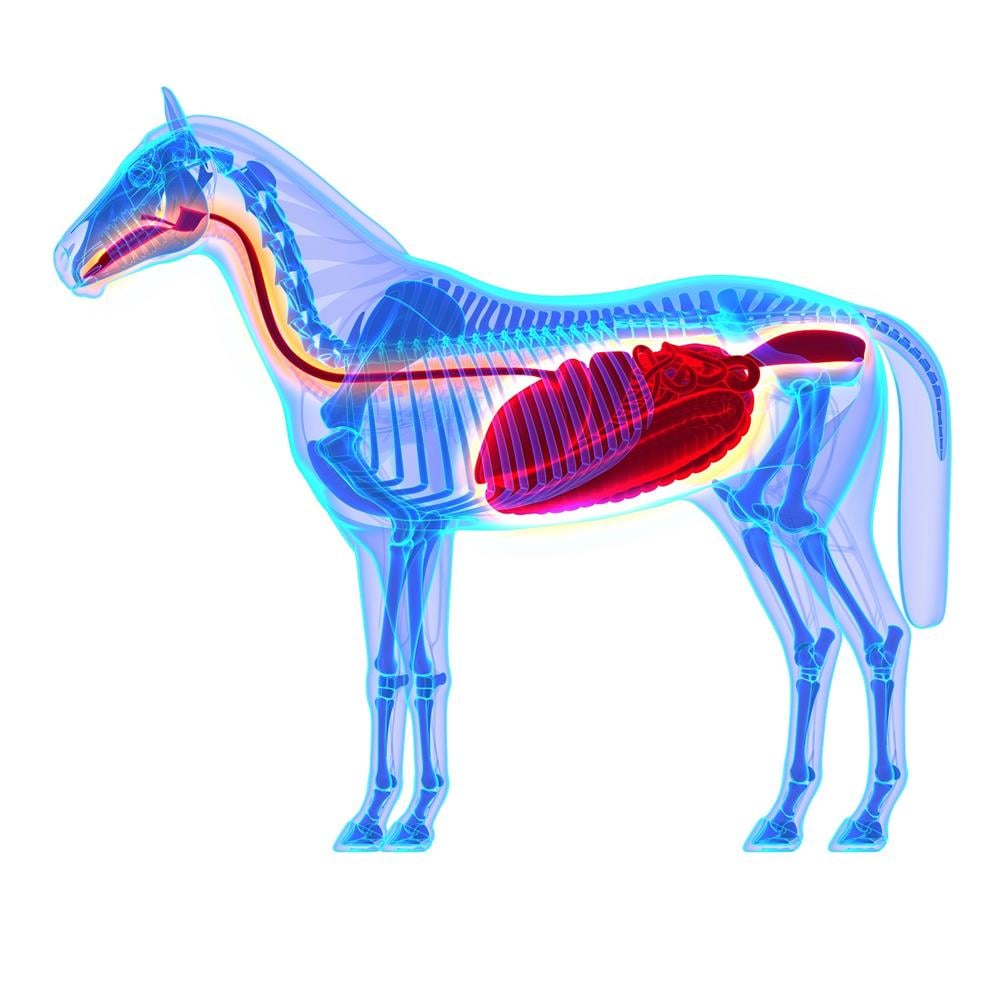
What is a super fibre?
Although there is no clear definition for “super fibres” a logical conclusion can be made as to what they are. Hay, haylage and grass are main sources of fibre for horses with grass being the most natural. However, there are numerous other sources of fibre for the equine diet that provide the horse with more than basic forage can offer. Super fibres contain higher levels of digestible energy and can be used to partially or completely replace concentrate feeds or even as a partial hay replacer when hay is of poor quality or scarce. Ingredients found within super fibres include beet pulp, citrus pulp, soybean hull and alfalfa. A good quality hay is about 40 to 60% digestible whereas soy hulls are 75% and sugar beet pulp is around 80% digestible.
Super fibres are more palatable and are easy to digest as chopped fibre feeds provide bulk and greater surface area for enzymes to act upon.
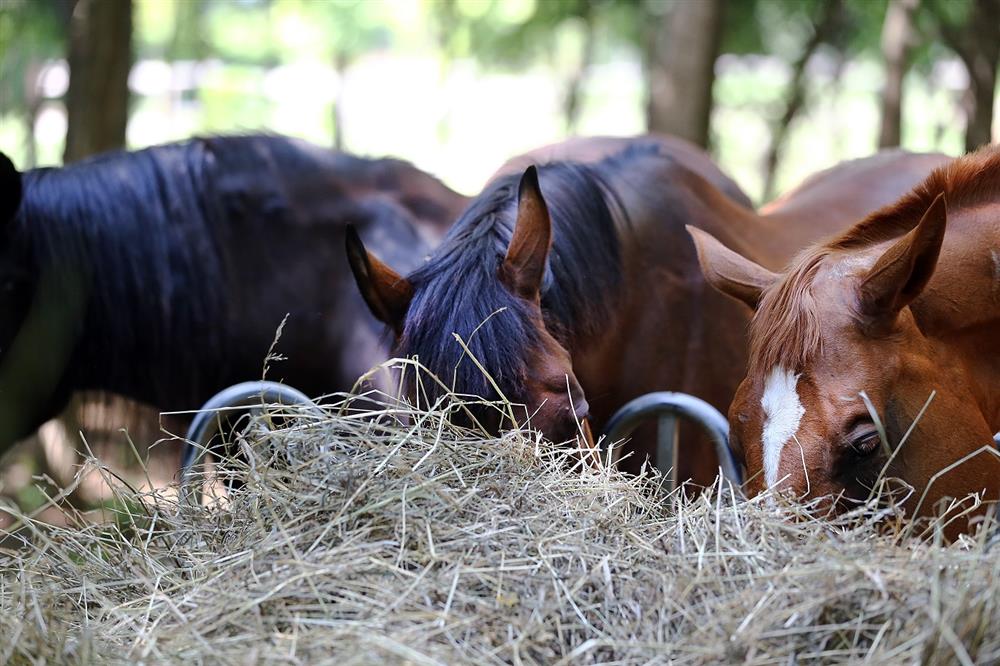
Digestive benefits of super fibres
The horse is designed to process fibrous feedstuffs; the shape of their jaw allows a chewing action, their flexible upper lip aids grazing, and their long neck lets the horse reach the ground easily. In the feral state horses will spend up to 60% of their day grazing. However, as the horse does not have an absorption area after the fermentation site, unlike cows, there is a loss of nutrient in their faeces from the fibre they consume. Forage contains little energy and protein which is why they need to consume such large amounts (at least 1.5 to 2% of their body weight in a day). It is vital that performance horses are fed correct measurements of fibre to maintain a healthy gut to aid efficient digestion. In some cases, high level performance horses receive little turn out and so lack nutrients that would have been gained through the consumption of grass. Hay and haylage are good alternatives yet they would need to eat large amounts, this is where the use of super fibres can be particularly beneficial. By feeding super fibres, the horse can consume less food but a higher concentration of energy rich, high fibre feed. However, as the horse’s stomach is small it should be fed at smaller quantities more frequently.
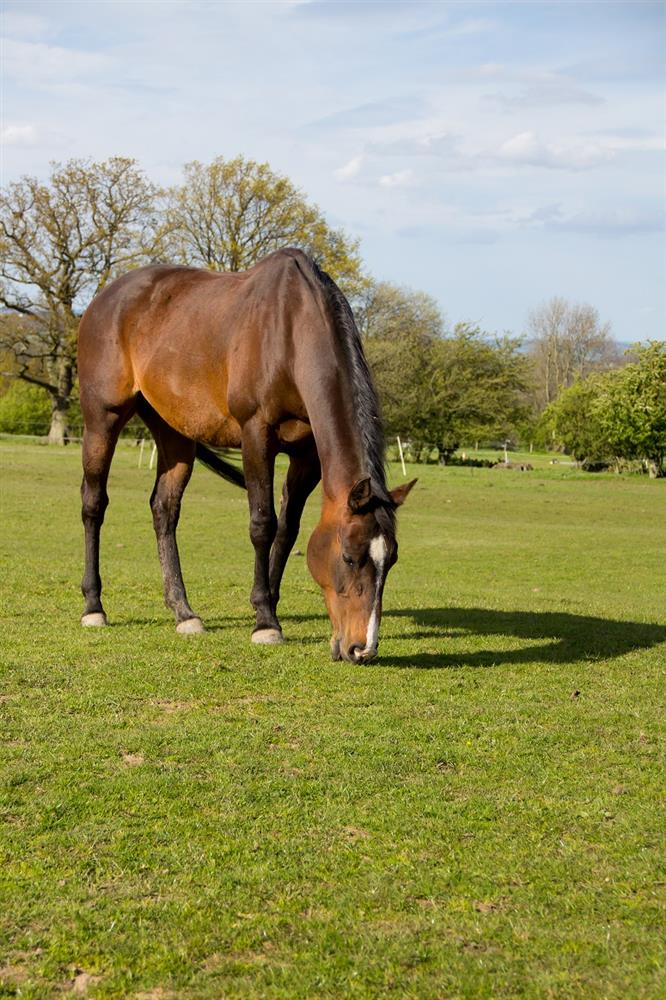
Performance horses are often fed large quantities of concentrates within each of their meals throughout the day in order to supply them with good energy sources as well as vital vitamins and minerals. Sufficient fibre in the equine diet provides numerous advantages and aids some vital processes within the digestive tract; the consumption of fibre helps to sustain peristalsis which ensures that food moves along the digestive tract to where it can then be broken down and nutrients absorbed in the relevant areas. Fibre increases the surface area of the feed and thus allows the horse’s stomach acid to penetrate the particles more efficiently before the feed reaches the fermentation stage in the caecum. Carbohydrates found in many concentrate feeds may form globules of compressed starch particles if adequate fibre is not present in the feed. By not feeding sufficient fibre in the diet, problems such as compaction colic can occur as a result and in some cases this may prove to be fatal for the horse. The pH is also important when it comes to digestion and fibre aids the lowering of pH in the stomach to ensure that any gas formation is reduced. If gas cannot leave before the sphincter muscles contract and close, then a build-up could cause problems for the horse. As performance horses are fed high concentrate feeds, the use of fibre is particularly beneficial in respect that it can reduce the risk of digestive issues and upsets.
Lack of fibre in the diet may also cause digestive impairments to the delicate lining of the gut. There are numerous studies on whether horses should be fed small quantities of fibre previous to work to prevent stomach acid destroying the squamous cells when it splashes onto them. Naturally horses are trickle feeders and will spend up to 20 hours a day grazing in the feral state and so maintain a relatively full stomach. On the other hand, performance horses may not have the opportunity if their forage is restricted and they are only fed 2 to 3 meals per day. A lack of fairly continuous fibre intake will cause pH to rise.
Metabolic benefits of super fibres
High fibre diets are essential to maintain for normal intestinal function and with easily fermentable fibres are beneficial because they maintain the glucose and insulin curves close to the baseline levels. The horse’s digestive system must be kept in balance in terms of pH levels. When fibre is consumed the horse salivates, producing a natural pH buffer, when it chews. Once the food is swallowed, VFA’s are produced by fermentation in the hind gut which also maintains pH. Fibre in the form of hay in the diet maintains more constant pH levels compared to that of concentrate feeds and as a result aids the preservation of gastrointestinal health in the horse thus preventing health risks such as gastric sensitivities. Super fibres are energy dense fibre rich feeds making these points particularly significant as when fed they can provide as much energy as some concentrate feeds which may not be as good for the horse.
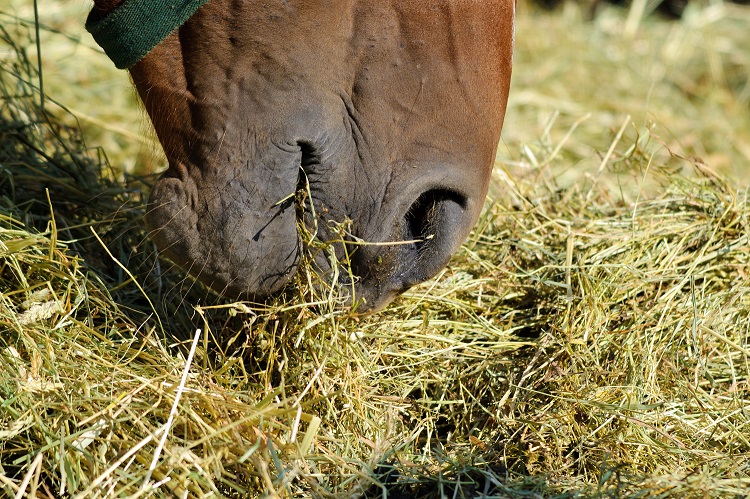
Research in the recent years on the performance of horses has shown that by replacing sugar and starch with fibre in the horse’s diet can benefit them and reduces diet related health problems. As fibres are classified in insoluble and soluble fractions, they have different effects; soluble fibres have proved to have health benefits including the capability to replace starch in the performance horse’s diet as an alternative energy source. Beet fibre has the potential to yield higher energy outputs in sports horses as VFA’s such as Propionate and acetate are glycogenic and metabolic pioneer of ATP respectively without causing negative effects on the horse’s hind gut environment.
The use of concentrated feeds in performance horses can cause metabolic problems due to their high starch content. This is where the use of super fibres is becoming increasingly useful as they provide a safer high energy alternative. A study found that creating diets that give elevations in glucose concentration could provide a greater energy source for certain performance horses. It was found to be most useful for when carbohydrate oxidation supplied the majority of the energy requirement.
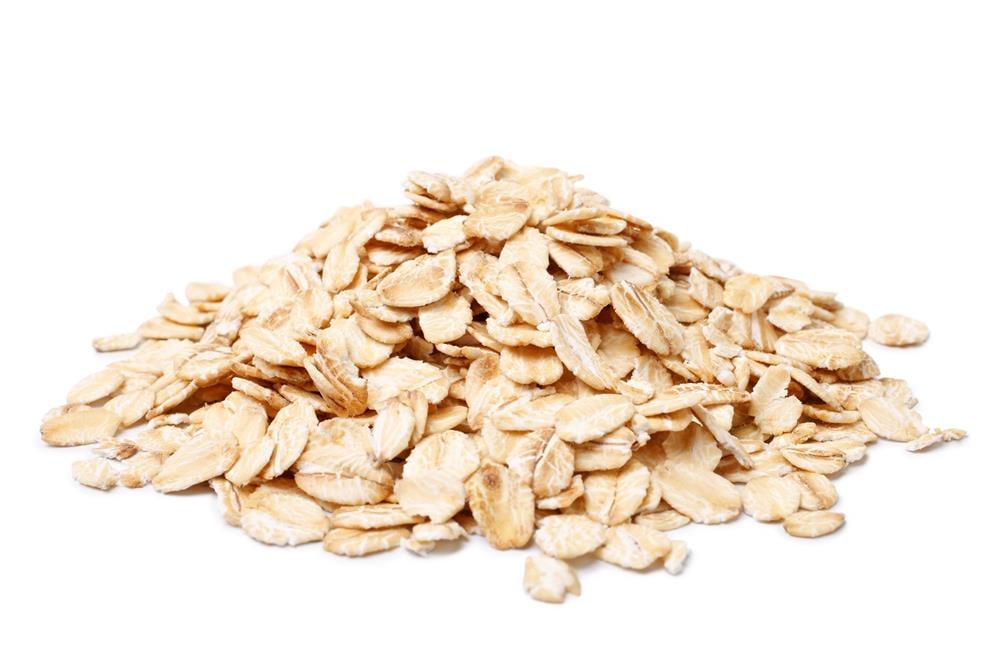
Oats, which are a high GI feed, cause high and rapid increases in blood glucose which in turn produces high amounts of insulin and leads to unwanted hypoglycaemia which can be detrimental to the performance horse. On the other hand, feeding super fibres such as alfalfa and beet pulp can produce a reduced but prolonged rise in blood glucose and so maintains a more stable level.
By removing starch and replacing with easily fermentable fibre such as super fibres, it will create a safer diet for the horse. The consumption of low GI feeds would favour oxidation of fats rather than carbohydrates and thus aid aerobic activity with the production of higher levels of slow release energy.
- Give your horse soothing digestive support for the gastrointestinal tract.
- Provide fibre in the form of these easy-to-feed 1kg blocks.
